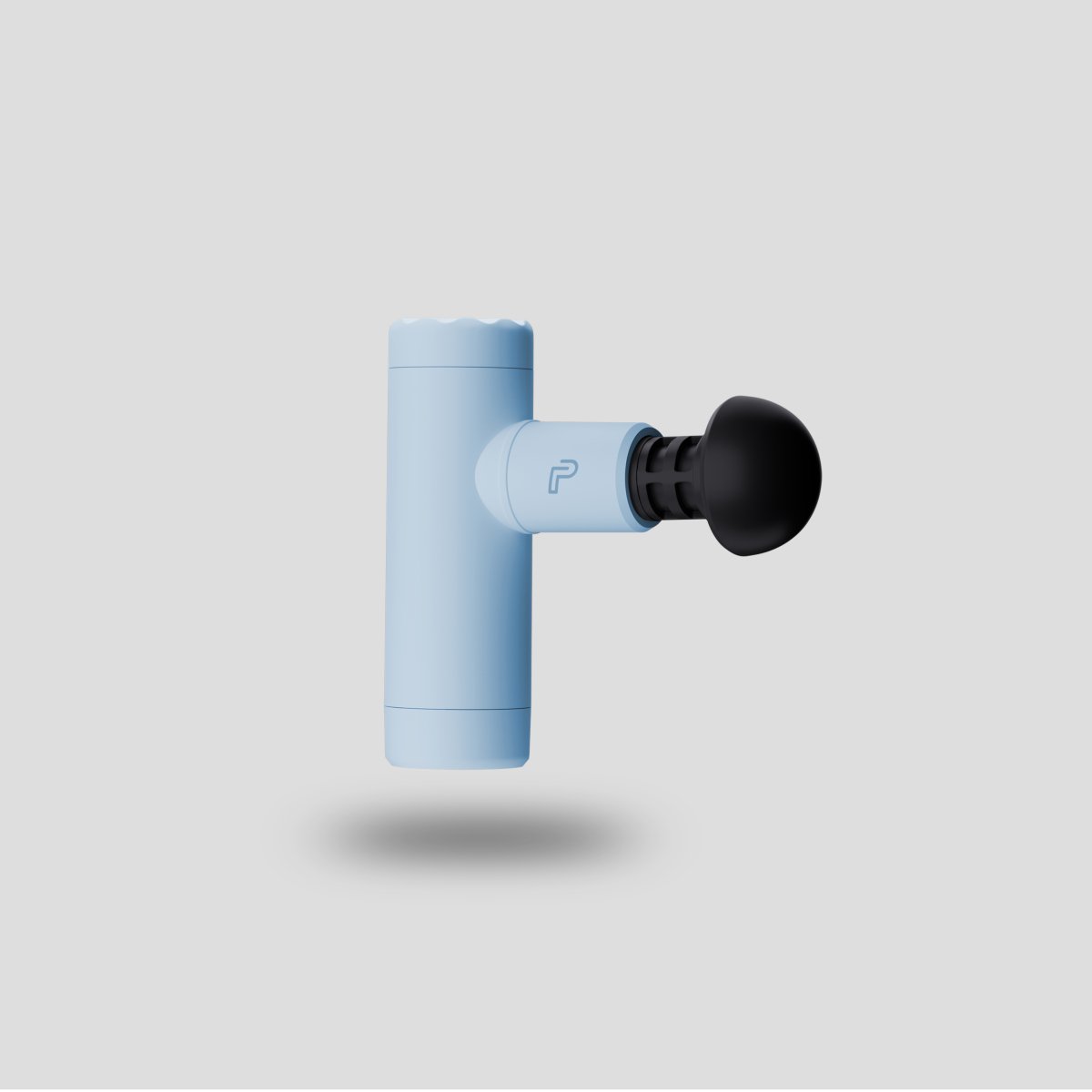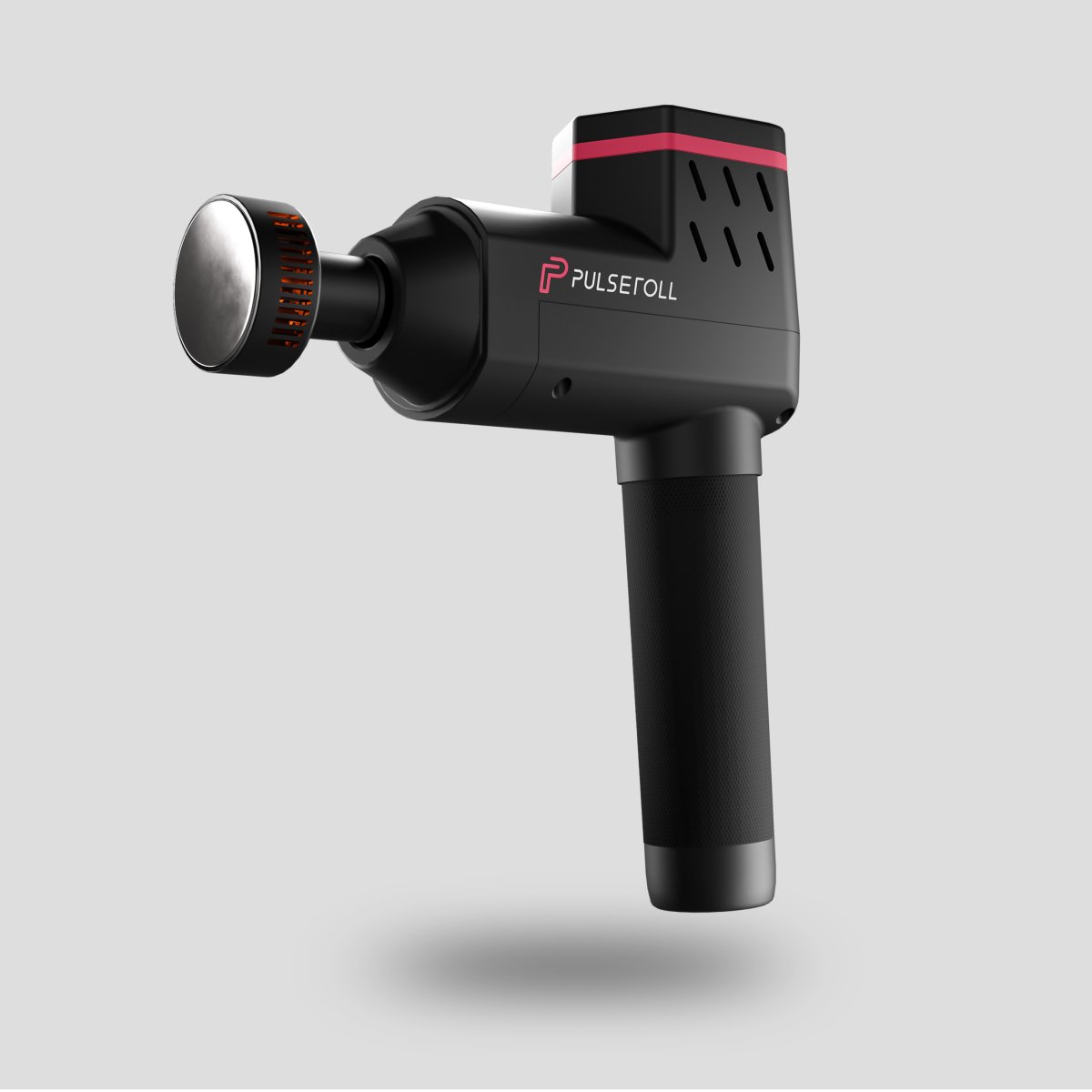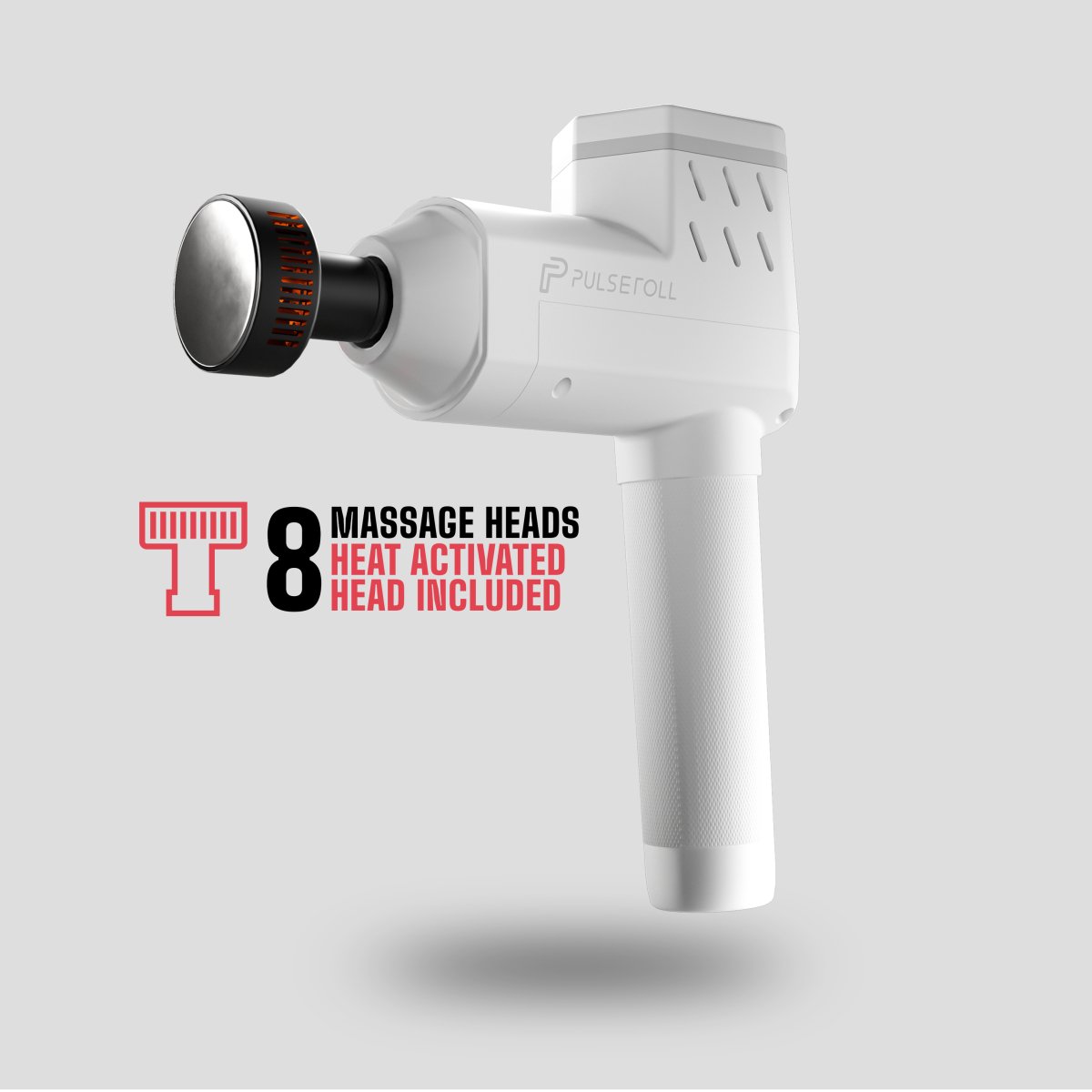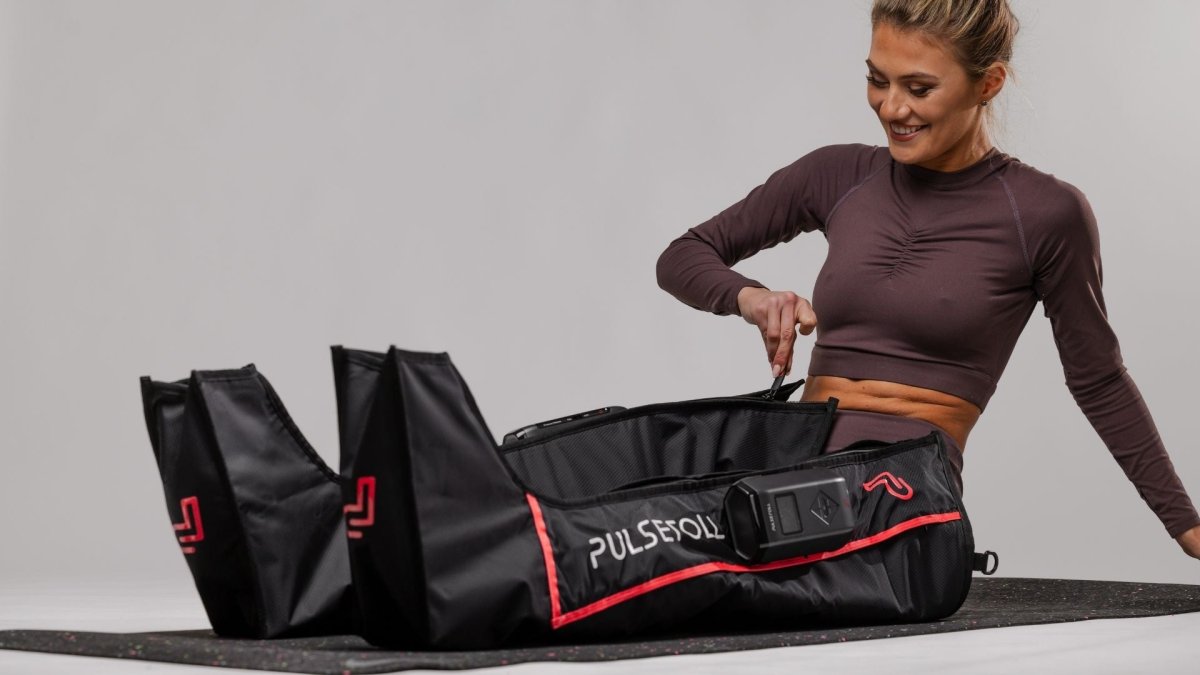Muscle strain, muscle pull, or muscle tear refers to damage to a muscle. This often occurs after intense exercise or if you’ve put pressure on a muscle whilst performing everyday tasks, such as lifting.
Often, people can tell when they’ve torn a muscle as they can be extremely painful. Don’t worry though, they can repair themselves gradually over time but there are steps you can take to speed up the process.
What does a torn muscle feel like?
A torn muscle often has the following indicators:- Swelling, bruising, or redness
- Pain when resting and when using the muscle
- Weakness of the muscle or tendons
- Inability to use the muscle at all.
As much as you want to stop a torn muscle from happening, it’s not always preventable. They can occur when you overstretch or twist a muscle.
Common causes are also not warming up before exercising or having tired muscles whilst exercising.

What do you do for a torn muscle?
There are some simple steps you can take to treat torn muscles. Try following the 4 steps known as RICE to help ease soreness and swelling:- Rest – stop any activity and don’t put any weight on the affected area
- Ice – apply an ice pack to the injury for up to 20 minutes every 2 to 3 hours
- Compression – wrap a bandage around the injury to support it
- Elevate – keep it raised on a pillow as often as possible
When you can move the injured area without feeling too much pain, try to keep moving it so the joint or muscle doesn’t become stiff.
You can also try using muscle recovery equipment to not only treat a torn muscle but also help to prevent it in future. Although you should be careful not to apply too much pressure directly onto the strain, you can use a foam roller or massage gun on the connective muscles around the strained muscle to ease the tightness. Using recovery tools before and after exercise, as well as on rest days, can help to prevent a torn muscle from occurring as it helps to loosen the muscle and make it more flexible.













